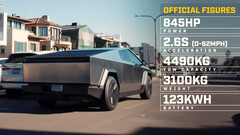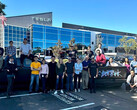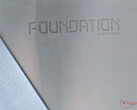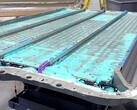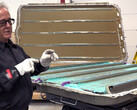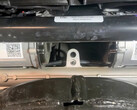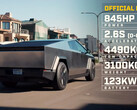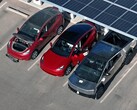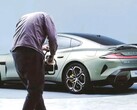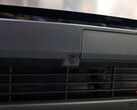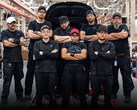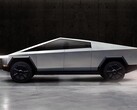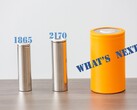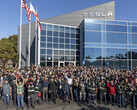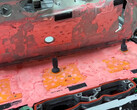When Tesla gave exclusive Cybertruck engineering walkthrough to Sandy Munro, one of its execs replied in passing that its 4680 battery is indeed made with the revolutionary dry coating production method. This is big news as Tesla has so far only managed to achieve half of the production cost savings it promised when it announced the 4680 battery concept.
Those have mainly stemmed from design and manufacturing space savings, simply because the 4680 cells are big and can be used as part of the vehicle's support frame while the battery packs with them require much less welding points. The hard part of the cost savings, however, has always been the dry-coating of the electrodes. Instead of the slow, toxic, and expensive wet process for coating the anode and cathode with the desired mix, the dry-coated electrodes don't require baking or hazardous substances used in their production, so their production takes much less space and time.
According to numerous insiders, however, Tesla can only make enough of the 1,360 cells that go into a Cybertruck's 4680 battery pack to install in about 2,000 pickups a month. Elon Musk's self-imposed goal to produce 250,000 Cybertrucks a year by some time in 2025 will require scaling the dry coating method ten times from the current levels.
Tesla is reportedly cracking the mass 4680 cell production code on the fly and is currently running into problems to hold the dry coating of the cathode together. When mixing smaller batches of lithium, nickel, and other materials that go into them, the Teflon binder seems to be holding up. When vats of the stuff have to be mixed and applied to the foil, however, the process generates excessive heat that melts the binder so a lot of it has to be discarded.
In the beginning of a new battery production line cycle, this may lead to more than 30% scrap rate. Tesla keeps inventing better ways to apply dry coating to the 4680 electrodes and has apparently managed to reduce the scrap rate to less than 20%. This is still way more than the 5% rate of its established battery production lines, though, while at the same time Tesla has found out that defects may develop in output deemed good during initial testing.
This is why it is now gathering data to establish a whole new quality control and testing system based on what it has learned so far making the Cybertruck's 4680 batteries. According to one of the Tesla insiders, "once you crack the code and establish stability, [growth] is like exponential," and they remain optimistic that "speed would pick up." If the Cybertruck ramp helps Tesla crack the code for mass dry-coated electrode production, it would be a truly revolutionary development for EV battery costs and production speeds.




